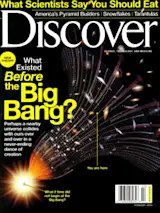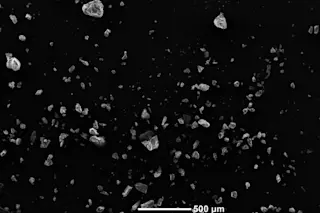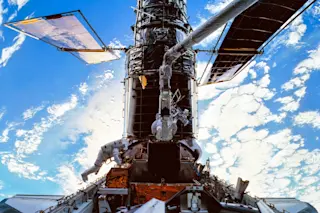This summer, construction will begin on a probe to Pluto and the Kuiper belt. Planetary scientist Alan Stern, director of the Southwest Research Institute in Boulder, Colorado, is the principal investigator for the mission. He is also a licensed commercial pilot and was once a finalist for the position of space shuttle mission specialist. Stern has made a career of investigating the solar system’s frontiers, from a mysterious band of asteroids that may be orbiting the sun inside Mercury to the vast Oort cloud far beyond the known planets, the source of all comets.
Did you ever think that a mission to Pluto wouldn’t happen?
S:
I had a lot of doubts through the 1990s, during Dan Golden’s NASA administration, because NASA repeatedly cancelled missions to Pluto, despite the fact that the scientific community kept saying it was top priority, crucial to getting an understanding of our solar system. Now ...














